
There are not that many people who are aware of the fact that the liver is largest solid organ in the human body. Another lesser known fact is that liver is also the largest gland in the human body.
Glands and Bile Secretion
The liver can be considered as a gland because one of its many purposes is to secrete bile. The intestine and the stomach are large, hollow organs in the human body as well. All organs or parts of other organs which secrete and make substances in the human body are referred to as glands. Bile is a certain type of fluid secreted by the liver and its main purpose is to aid the process of digestion and transport the waste products and the fats into the intestine. In case, someone is interested in knowing, other well known types of glands in the human include mammary glands which produce milk, lymph glands which produce the lymph, gastric glands in the stomach which produce acids, thyroid and other sorts of endocrine glands which produce hormones and pancreas which produces digestive enzymes.
Measures and Anatomy Facts
An average human liver weighs somewhere around three and a half pounds. It is 4.5 inches thick, 6.5 inches tall and 8 inches wide. These are the measurements of an average human liver, and there are not that many people who are aware of these facts. For those who do not know, liver can be found just below the diaphragm, in the upper right part of the abdomen, just under the ribs. In case you are not familiar with what the diaphragm is – it is actually a muscular membrane which separates the abdomen from the chest. The liver is a solid structure, characterized by an irregular, dome-like shape, and it has two main parts and two minor lobes. When a person breathes in, the liver gets pushed down by the diaphragm and once that occurs the lower edge of the liver gets as down as to reach below the level of the costal margin.
Functions
There are many different functions of the liver, actually. It is efficient in detoxifying, secreting and metabolizing environmental toxins, alcohol and drugs, and all potentially dangerous and harmful substances produced by the human body itself. It is in charge of the production of bile and it metabolizes and stores all different kinds of carbohydrates. It synthesizes stores and processes all different kinds of fats and it manufactures various different types of beneficial proteins.








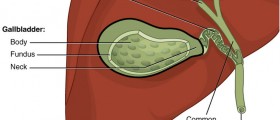
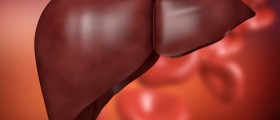


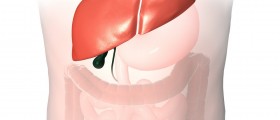

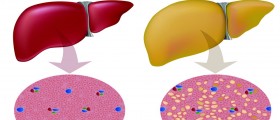
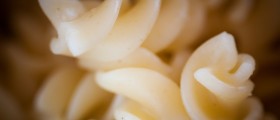
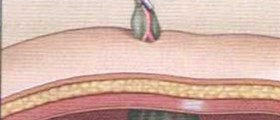
Your thoughts on this
Loading...